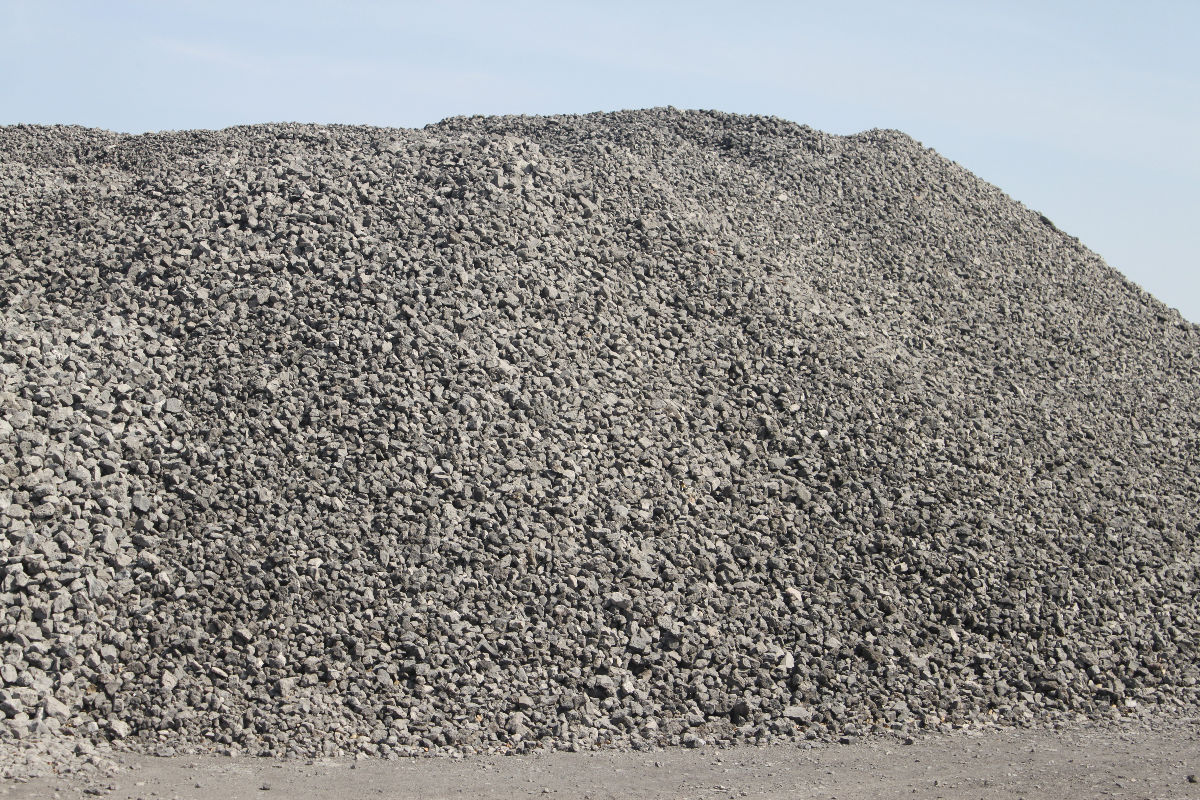NEWS&EVENTS
Home > News&Events > Company news > Extraction of precious metals by high-temperature chlorination of slag
Extraction of precious metals by high-temperature chlorination of slag
The high-temperature chlorination volatilization technology of slaghas unique potential in treating precious metals (such as gold, silver, platinum group metals, etc.), but the process needs to be optimized according to the characteristics of precious metals. The following is a systematic analysis of precious metal recovery:

1. The basic principle of chlorination volatilization of precious metals
Precious metals (Au, Ag, Pt, Pd, etc.) can be converted into volatile chlorides under high-temperature chlorination conditions, but the reaction conditions are relatively harsh:
- Gold (Au): A strong oxidizing atmosphere (such as Cl₂+O₂) is required to generate AuCl₃ (sublimation point 254°C), but it is easy to decompose at high temperature (>300°C).
- Silver (Ag): AgCl (boiling point 1564°C) is generated, but it is easy to melt at high temperature and needs to be combined with a reducing agent (such as C) to promote volatilization.
- Platinum group metals (Pt, Pd, etc.): require high temperature (>800°C) and excess Cl₂ to generate PtCl₂ and PdCl₂, but have low thermal stability and require rapid condensation.
Key reaction formula:
- 2Au + 3Cl2 → 2AuCl3 (requires an oxidizing atmosphere)
- Ag2O + 2Cl2 → 2AgCl + O2
- Pt + 2Cl₂ →PtCl4 (easily decomposed at high temperature)
2. Key points of precious metal recovery process
(1) Chlorination agent selection and optimization
- Cl₂ gas: most efficient, but requires precise control of oxidizing properties (to avoid AuCl₃ decomposition).
- Mixed chlorination agent: Cl₂ + air (enhanced oxidizing properties) or Cl₂ + CO (reducing properties, promotes AgCl volatilization).
- Solid chlorination agent: such as NaCl + CaO (requires high temperature and carbon assistance, suitable for complex slag).
(2) Temperature and atmosphere control
- Segmented temperature control:
- Low temperature section (200-400°C): Prioritize volatilization of AuCl₃ (needs rapid condensation to avoid decomposition).
- Medium and high temperature section (600-900°C): Recover AgCl, PtCl₂, etc.
- Atmosphere control:
- Oxidizing atmosphere (Au recovery): Pass O₂ or air.
- Reducing atmosphere (Ag recovery): Pass CO or H₂ to prevent AgCl from melting.
(3) Slag pretreatment
- Precious metal occurrence state: If encapsulated in silicate, acid leaching or roasting pretreatment is required to release the metal.
- Particle size refinement: Crushed to <100 μm to increase the reaction contact area.
3. Key challenges and solutions
(1) Low efficiency of precious metal volatilization
- Problem: AuCl₃ is easy to decompose at high temperature, and AgCl is easy to melt.
- Countermeasures:
- Rapid condensation (quenching device or low temperature trap).
- Adding catalyst (such as CuCl₂ to promote Au chlorination).
(2) Multi-metal separation problem
- Step condensation: Utilize the difference in boiling points of different chlorides (such as AuCl₃ volatilizes before AgCl).
- Selective chlorination: Control Cl₂ concentration and temperature to preferentially chlorinate precious metals.
(3) Environmental protection and corrosion issues
- Tail gas treatment: NaOH solution absorbs Cl₂ and HCl, and activated carbon adsorbs residual precious metal vapor.
- Equipment anti-corrosion: Use Hastelloy, graphite lining or ceramic coating reactor.
4. Application scenarios and cases
- Electronic waste: Waste circuit boards contain Au and Ag, which can be extracted by high temperature chlorination (Cl₂ + air, 800°C).
Anyutian can provide a complete set of technical solutions and related equipment. If you have any questions, please consult WhatsApp: +86 18615381239